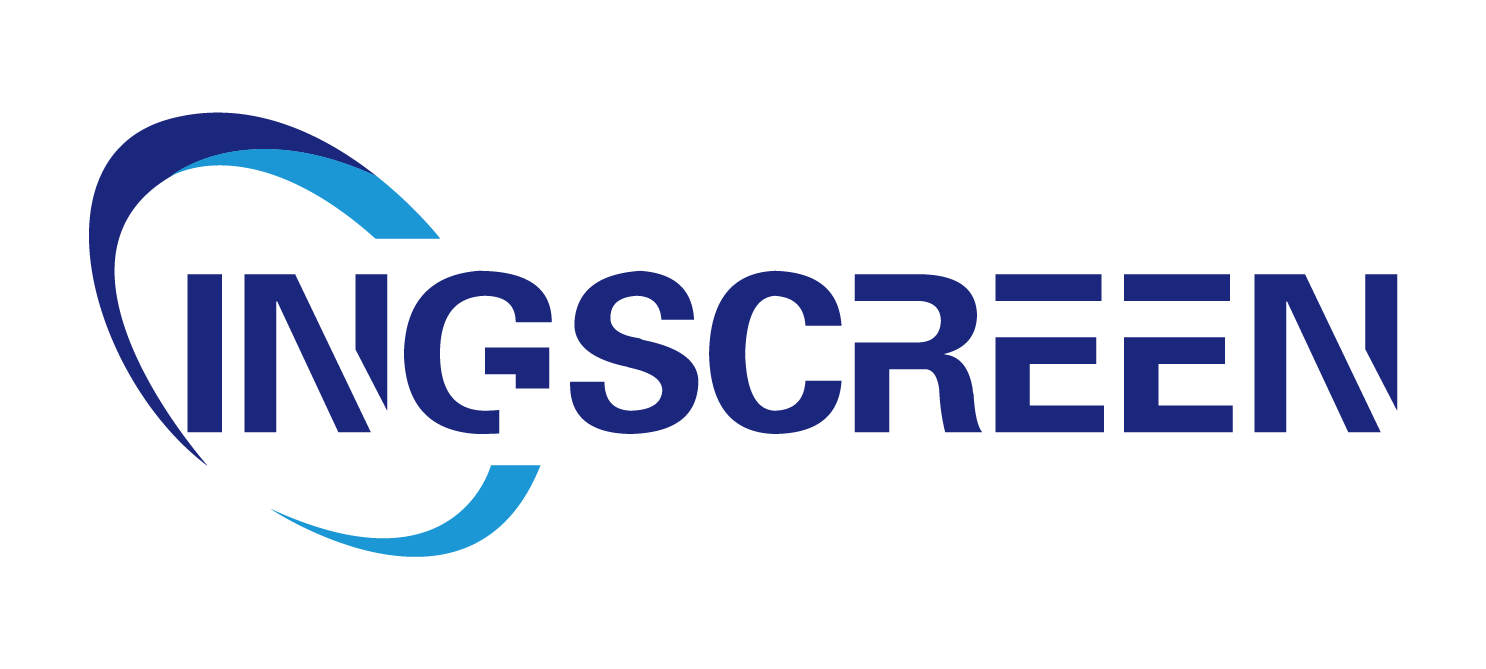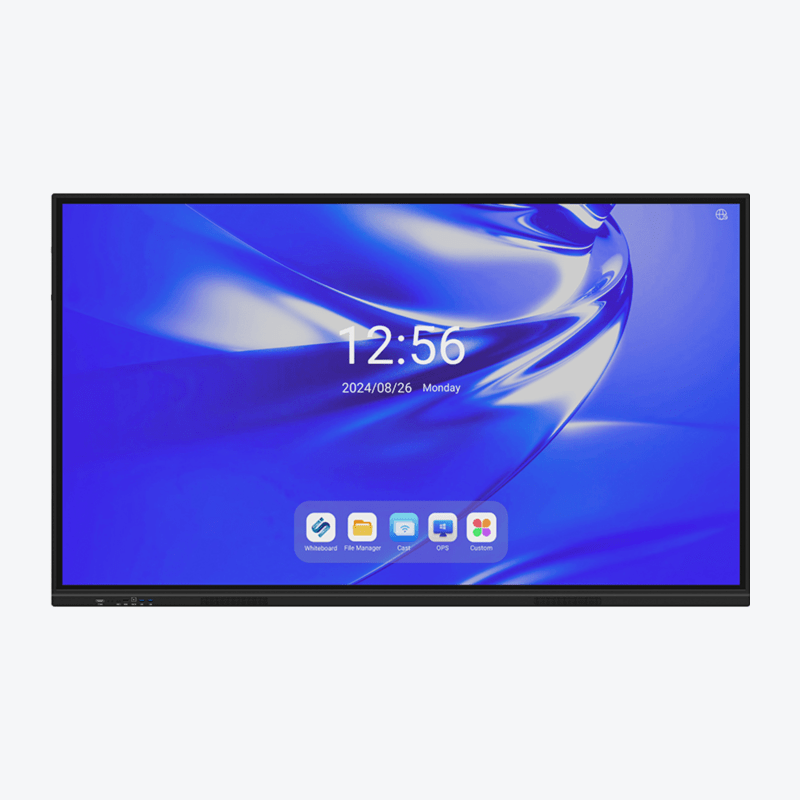Understanding the Impact of OPS Technology on Modern Display Solutions
The evolution of digital signage and interactive displays has reached new heights with the integration of Open Pluggable Specification (OPS) technology. This innovative approach to display computing has revolutionized how businesses and organizations manage their visual communication systems. As display technology continues to advance, OPS has emerged as a crucial component in enhancing performance, reliability, and user experience across various applications.
The marriage between OPS and interactive displays represents a significant leap forward in digital display technology. By providing a standardized approach to integrating computing power into display systems, OPS has addressed many of the traditional challenges faced by organizations in managing their digital signage infrastructure. This technological advancement has opened new possibilities for creating more engaging, efficient, and dynamic visual experiences.
Core Benefits of OPS Integration in Display Systems
Enhanced Processing Power and Performance
When we examine how OPS improve interactive displays, the most immediate benefit becomes apparent in the realm of processing power. The modular nature of OPS allows for easy integration of high-performance computing capabilities directly into the display unit. This results in smoother graphics rendering, faster response times, and the ability to handle more complex content without lag or stuttering.
Modern OPS modules come equipped with powerful processors, dedicated graphics capabilities, and ample memory, enabling them to handle demanding applications such as real-time data visualization, interactive touch applications, and high-resolution video playback. This enhanced processing power ensures that interactive displays can deliver the responsive and fluid experience that users expect in today's fast-paced digital environment.
Simplified Maintenance and Upgrades
One of the most significant advantages of OPS technology lies in its modular design philosophy. The ability to easily swap out computing modules without disturbing the display hardware has transformed how organizations maintain and upgrade their interactive display systems. This plug-and-play functionality significantly reduces downtime and maintenance costs while ensuring that displays can be kept up-to-date with the latest technology.
Maintenance teams can quickly replace malfunctioning units or upgrade processing capabilities without the need for specialized tools or extensive technical knowledge. This simplified approach to system maintenance has made OPS-enabled displays particularly attractive for organizations seeking to minimize operational disruptions and maximize the longevity of their display investments.
Advanced Features Enabled by OPS Technology
Enhanced Connectivity Options
OPS modules significantly expand the connectivity options available to interactive displays. With built-in support for various communication protocols and interfaces, OPS-enabled displays can easily integrate with existing network infrastructure and peripheral devices. This enhanced connectivity facilitates seamless data transfer, remote management capabilities, and support for multiple input sources.
The standardized interface of OPS ensures compatibility with a wide range of devices and systems, making it easier to create comprehensive display solutions that meet specific organizational needs. Whether connecting to local networks, cloud services, or external devices, OPS provides the flexibility and reliability required for modern digital communication systems.
Advanced Content Management Capabilities
The robust computing power of OPS modules enables sophisticated content management solutions that can transform how organizations deliver and manage their visual content. With dedicated processing resources, OPS-enabled displays can handle complex content scheduling, real-time updates, and interactive features without compromising performance.
Content creators and managers can take advantage of advanced features such as dynamic content generation, automated playlist management, and interactive user engagement tools. The ability to process and display rich media content locally reduces network bandwidth requirements and ensures consistent performance regardless of network conditions.
Implementation Strategies for Optimal Performance
Hardware Configuration Optimization
To maximize the benefits of OPS in interactive displays, careful attention must be paid to hardware configuration. This includes selecting appropriate processing power, memory capacity, and storage options based on specific use case requirements. Organizations should consider factors such as content complexity, user interaction patterns, and future scalability needs when configuring their OPS solutions.
Regular performance monitoring and optimization of hardware settings ensure that displays continue to operate at peak efficiency. This may include adjusting power management settings, optimizing graphics performance, and maintaining proper thermal management for sustained operation.
Software Integration and Management
The software ecosystem plays a crucial role in leveraging the full potential of OPS-enabled displays. Organizations should implement comprehensive software solutions that can take advantage of the advanced processing capabilities while maintaining system stability and security. This includes selecting appropriate operating systems, drivers, and application software that are optimized for OPS architecture.
Regular software updates and patch management ensure that displays remain secure and perform optimally. Organizations should establish clear protocols for software deployment and updates to minimize potential disruptions while maintaining system integrity.

Future Trends and Developments
Emerging Technologies and Integration
The future of OPS technology in interactive displays looks promising, with several emerging trends set to enhance performance further. Artificial intelligence and machine learning capabilities are being integrated into OPS modules, enabling more sophisticated content optimization and user interaction analysis. These advancements will lead to more personalized and engaging display experiences.
The integration of edge computing capabilities within OPS modules is also gaining traction, allowing for more efficient processing of data closer to the source. This trend will become increasingly important as organizations seek to reduce latency and improve the responsiveness of their interactive display systems.
Sustainability and Energy Efficiency
As environmental concerns continue to shape technology development, newer generations of OPS modules are being designed with improved energy efficiency in mind. Advanced power management features and more efficient processing architectures are helping to reduce the environmental impact of interactive display systems while maintaining high performance levels.
Organizations are increasingly considering the long-term sustainability benefits of OPS solutions, including reduced electronic waste through modular upgrades and improved energy consumption profiles. These factors are becoming key considerations in the selection and implementation of interactive display solutions.
Frequently Asked Questions
What makes OPS different from traditional display computing solutions?
OPS offers a standardized, modular approach to integrating computing power into displays, allowing for easy upgrades and maintenance without replacing the entire display unit. This standardization ensures compatibility across different manufacturers and simplifies system management.
How does OPS enhance the reliability of interactive displays?
OPS improves reliability through its modular design, which allows for quick replacement of computing components in case of failures. Additionally, dedicated processing resources and optimized thermal management help ensure stable, long-term operation.
What considerations should be made when selecting an OPS solution?
Key considerations include processing power requirements, intended use cases, compatibility with existing systems, future scalability needs, and total cost of ownership. Organizations should also consider factors such as support availability and upgrade paths when selecting an OPS solution.




